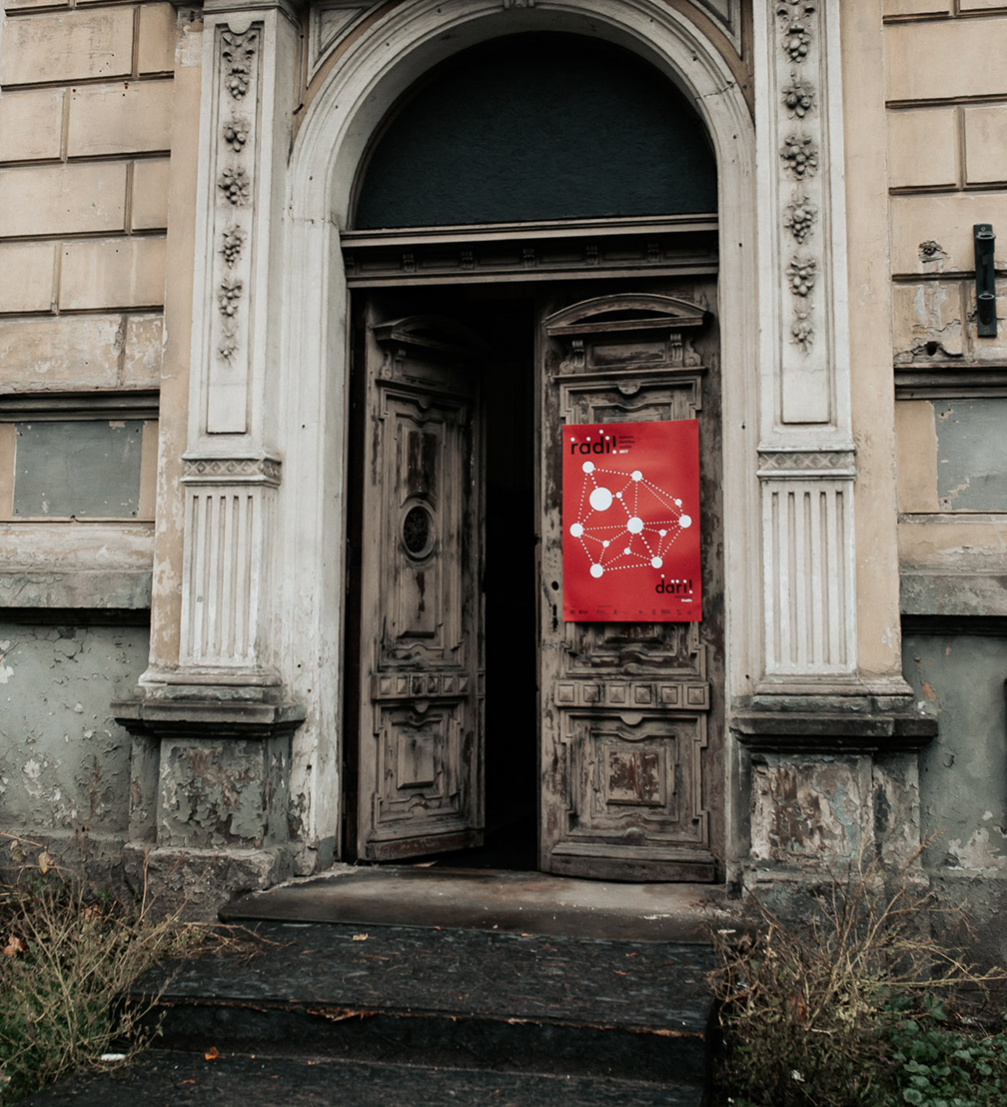
In the middle of October, during the creativity week «radi! 2017», one of its central events was held in Riga — a conference and a creative workshop «Riga: Empty Spaces + Creative Industries = Creative Placemaking?». It brought together experts from several European countries to jointly discuss what is needed to bring empty spaces back to live, what role creative industries play in this process and share experiences from their cities.
The public part of the conference «Riga: Empty Spaces + Creative Industries = Creative Placemaking?» was held on October 12, where the audience could watch presentations by the industry opinion leaders, experts, project managers, developers and civil society representatives from Latvia, Germany, Denmark and France. It was only natural that the event dedicated to creative use of empty buildings took place in the C.C. von Stritzky’s Villa, a mansion belonging to the former owner of the Stritzky’s Brewery, which was abandoned in the beginning of 2000 and «revived» a few years ago thanks to the initiative of Mārtiņš Mielavs, the owner of the nearby club «Piens». The upswing of the villa began with cultural events — the «Homo Novus» theatre festival, warm–up concert series for «Piens Festival», and later with the «Survival Kit», a contemporary art festival. While the historical house is still waiting for its «big buyer», it does not stand idle but has become one of the most famous places in Riga for cultural events. On such occasion, it would have been interesting to hear also about Mārtiņš’ own experience.
Situation in Riga
The introductory part of the conference was lead by the Riga City architect, director of the municipal agency Riga City Architect’s Office Gvido Princis, who presented the historical situation and future development opportunities in Riga. In his opinion, the resolution of issues related to revival of empty buildings should start with small–scale projects that would enable the population to strengthen closer ties with the municipality.
A good local example is the association «Free Riga», co–founder of which is Mārcis Rubenis, coordinator of the programme’s URBACT III project «Temporary Use of Empty Buildings and Territories as a new municipality’s Instrument for Prevention of Building degradation and Revitalization of the Urban Environment» («REFILL») in the Riga City Council. The movement «Free Riga» has been giving abandoned buildings second breath for years. The most recent example of «Free Riga» creations is the Artists’ Residence House in Riga, «D27», Dzirnavu iela 27.
The principle of the association’s activity is to find an agreement with the owner of the real estate that is mutually beneficial in order to reduce the number of ruins and unused houses in Riga. Although the potential benefits for the owner are tax breaks, clean–up and maintenance of the building, not everyone is interested in transferring their facilities to the organization and its partners. The need for dialogue between activists and building owners was emphasized by all the participants of the conference, including Lilita Sparāne, Head of the Creative Industries Division of the Department of Cultural Policy of the Ministry of Culture, who concluded the introductory part of the conference with a talk about creative industries in Latvia.
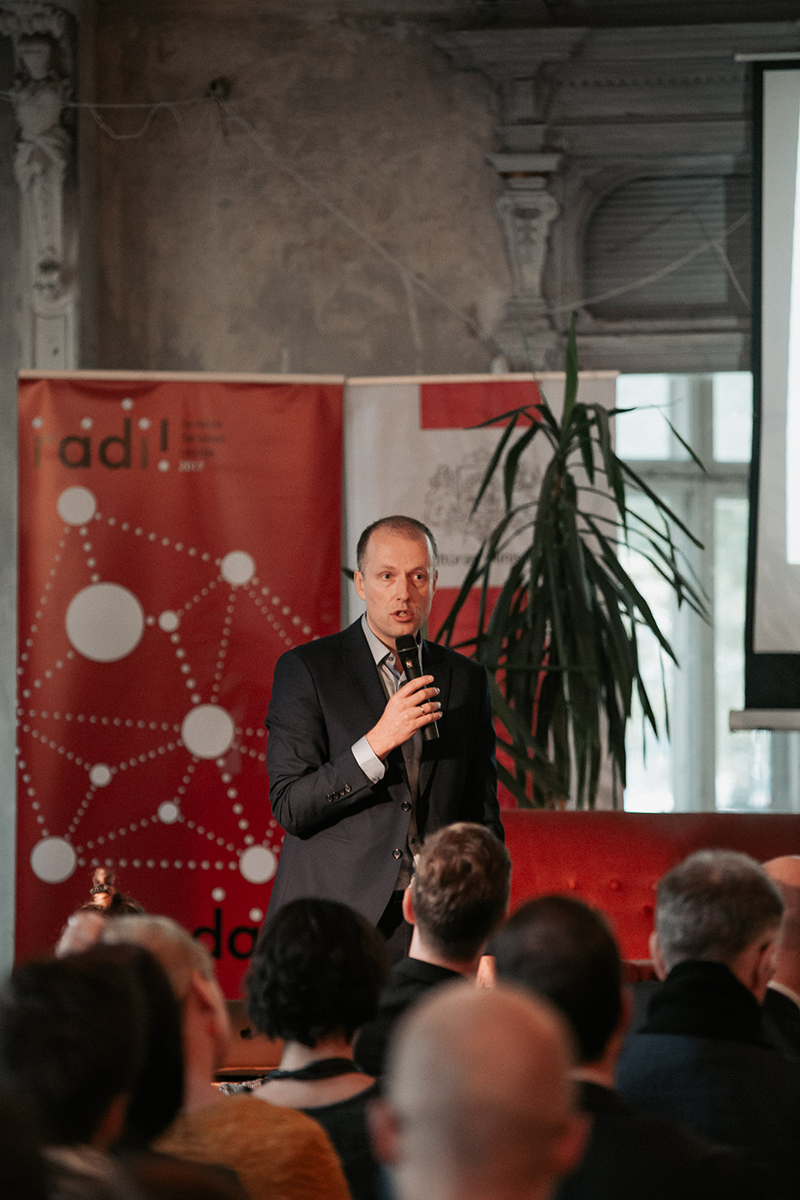
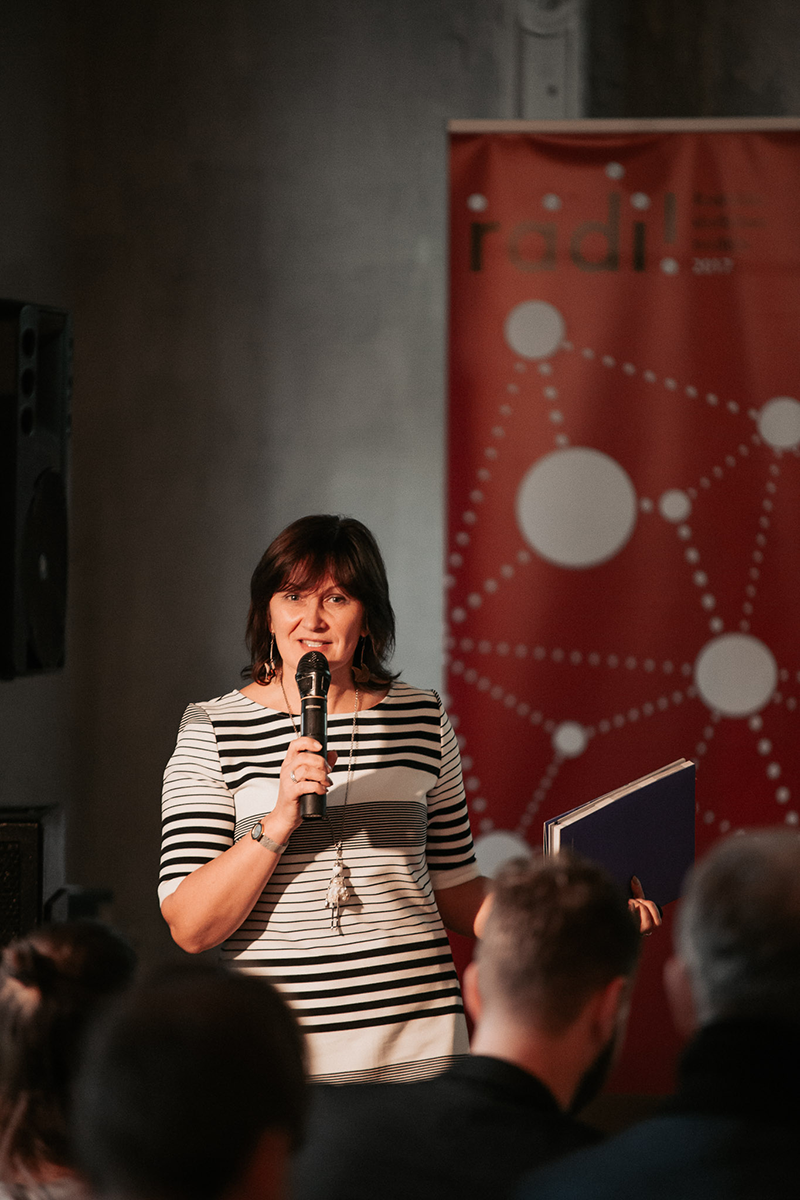
Under the auspices of the Ministry of Culture is one of the most discussed recent projects concerning the revitalization of industrial areas — TabFab at the Tobacco Factory — in about four years there will be the study premises of the Latvian Academy of Culture and a creative incubator. Another project in making is at Aristida Briāna iela 13, where on the premises of the historical beverage factory it is planned to create prototyping workshops «Riga Makerspace» for students of the Art Academy of Latvia and Riga Design and Art School. At the end of the first day of the conference, all those who were interested had the opportunity to visit this house before its conversion.
Making the image of the city
The first guest speaker at the conference was Andreas Krüger, Chairman of the Board of the «Belius Foundation», office of Berlin’s Spatial strategies. Although the cafes, cultural centres and nightclubs are flourishing and blooming in Berlin’s former industrial areas, the situation was quite different 20 years ago, and nobody could have imagined how dynamic it would become. «Empty places need full hearts. And imagination. Abandoned buildings are perceived as a problem, but this problem is also an opportunity at the same time,» says Krüger, pointing out that buildings are valuable only when they are used.
One of Krüger’s examples is the Moritzplatz Quarter, a location of a former piano factory. The neighbourhood which was abandoned until 2008 now includes workshops, co–working spaces, galleries and shops, providing employment and attracting tourists. There is also one of the Berlin’s first urban gardening projects, and a kindergarten located on the roof of the building. The former periphery with an underground station where no one would exit now has a definite place in the «mental map» of the city’s inhabitants and guests.
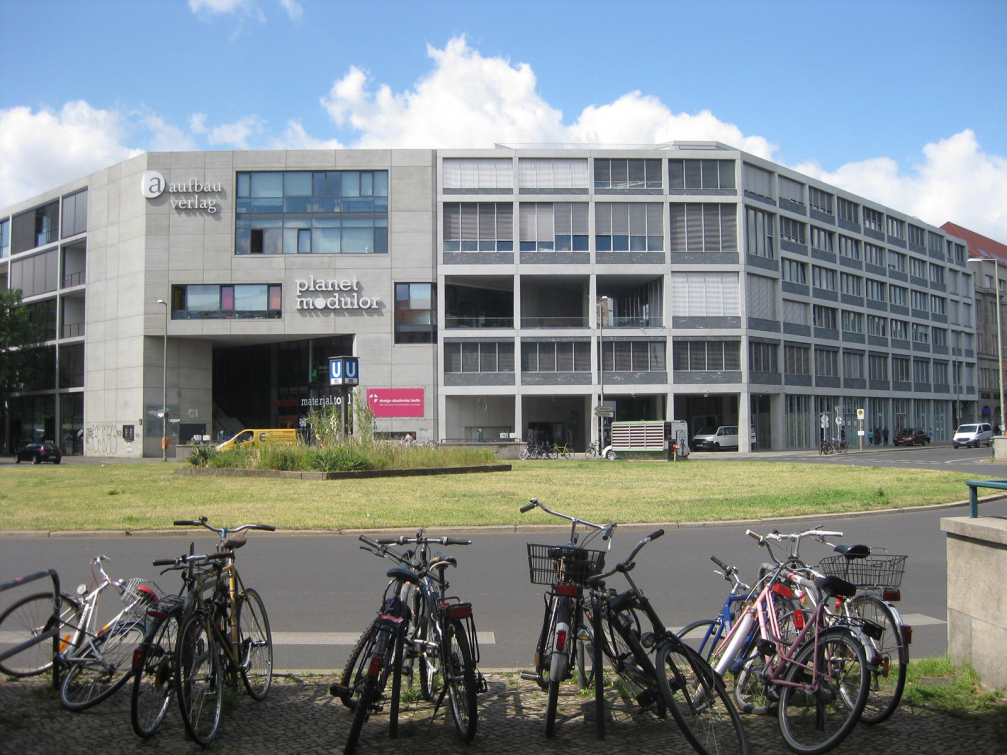
He does not have a recipe for a similar success story in Riga, but he points out that in practice he uses the principles of design thinking. When the owners turn to the «Belius Foundation» and ask for ideas for revitalizing the facility, the agency begins with defining the challenge. This is followed by interviews with people who are connected to the site and prototyping. Only then start the legal proceedings and negotiations with the owners. Since in Berlin many properties are owned by the municipality, the agency maintains a constant dialogue with the relevant officials. Although Moritzplatz is currently a very valuable plot of land, the city has chosen to keep it for educational and cultural activities. Krüger emphasizes that such meeting places create an atmosphere, which in turn is part of the city’s image.
An unusual method that Krüger recommends in order to understand what to do with an empty property is to temporarily move in, with the owner’s permission. This is exactly what happened to the building by well–known Bauhaus architect Egon Eiermann in Apolda, Thüringen, where the workgroup lived in tents for two weeks and discussed the best ways to use the premises on the spot, and later presented them to interested parties.
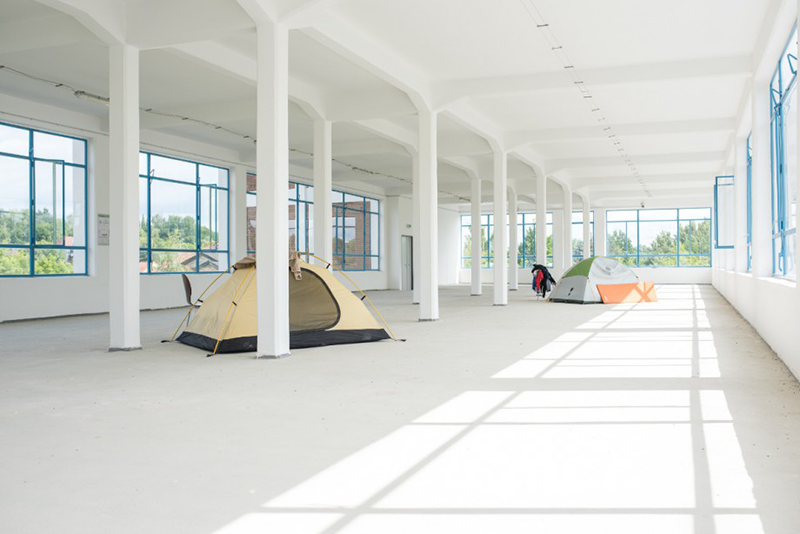
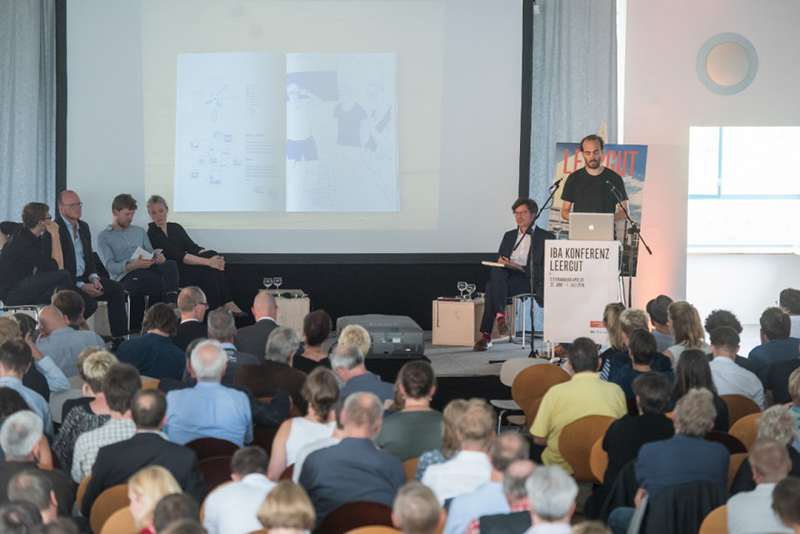
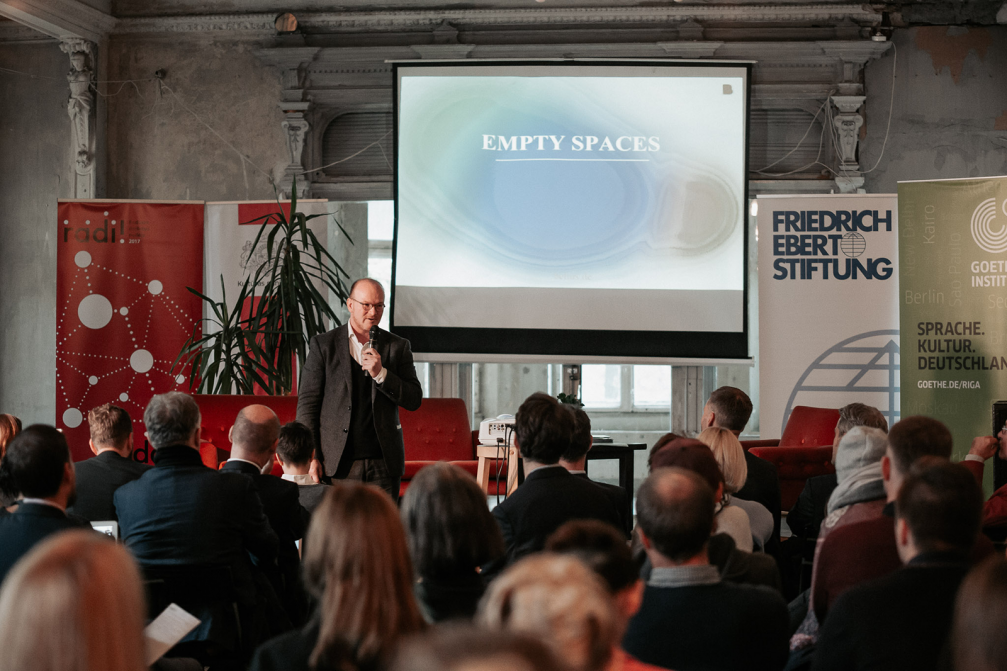
Answering a question from the moderator Viesturs Celmiņš, whether Krüger recommends to hold on to big dreams or start with something small, the guest pointed out that both are important. There should be work on the vision, but it must be implemented in small and precise steps. It is important to remember that revitalization of an abandoned building is a serious and time–consuming project, not an entertainment.
Unpredictable results
After Krüger, the stage was taken by Michael Troelsen, Head of the Urban Environment and Innovation Department of Aarhus Municipal Technology and Environment Department with the presentation «The role of creativity and entrepreneurship in the transformation of a suspended freight railway station into a dynamic urban area». The freight train station and customs building mentioned in the presentation, now known as the «Institut for (X)», has served as a cultural and business platform since 2009, where young designers, musicians, artists, entrepreneurs and craftsmen work side by side. It brings together more than 200 residents, 90 studios and workshops, and the annual turnover is estimated at around 3 million euros.
Before the financial crisis, an ambitious architectural competition was announced for the development of the industrial zone, but the crisis brought on some adjustments, therefore, Plan B was created — integration of the area into the city by cultural measures without waiting for investors. An important role in this process had and still has the municipality of Aarhus and its urban development strategy, which proposes to bring the second largest city in Denmark to the international scale. Though previously it was thought that the temporary use of the premises will end in 2018 when the buildings would be demolished, Troelsen now confirms that the «Institut for (X)» will continue for at least 10 years — it has become a significant part of the city’s identity. Similarly to Krüger, Troelsen also emphasizes the importance of prototyping and listening to the public opinion: «The vision of the neighbourhood has changed significantly compared to what it was 10 years ago. It is interesting to know the wishes of people and see how the environment develops, instead of creating a predictable result by the municipality».
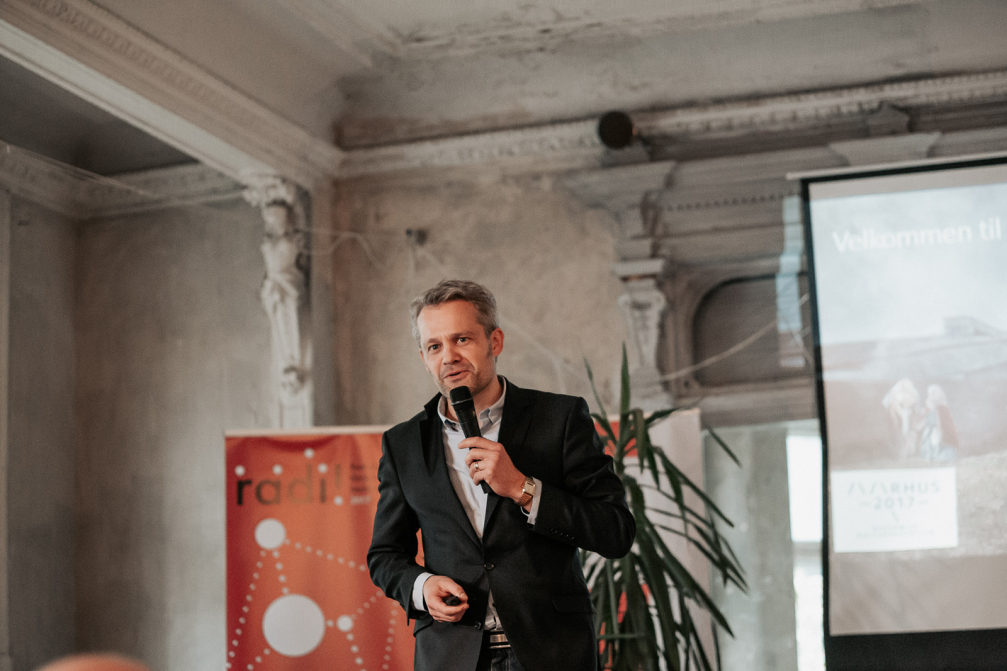
What should a local government official be like when it comes to creative location projects? «Able to adapt and open,» says Troelsen. He should respect subcultures even without being able to identify with them. It is necessary to build a relationship based on trust, as it happened in case of the «Institut for (X)». «We provide a helping hand rather than a handbook,» Troelsen said, urging to act in favour of the city and not to allow silly regulations to block the way.
During the conference, the visitors could also view the exhibition «Copenhagen Solutions», which documents the success of the Danish capital Copenhagen in the development of a greener, more inhabitable and attractive city.
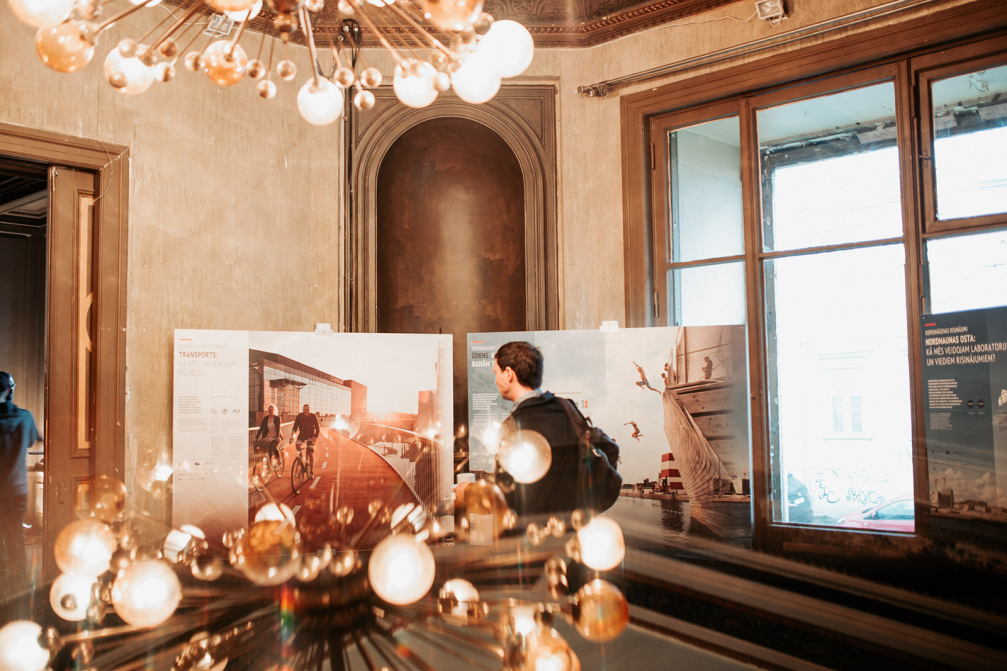
Living laboratory
The second part of the day continued with the presentation by Camille Vilain, international project leader at the Saint–Etienne School of Arts and Design (ESADSE) — a story how the former mining town became a design centre. Saint–Etienne has been highly regarded as a design city not only in France but also in the world, and since 2010 has won the title of City of Design in UNESCO Creative Cities Network. In turn, ESADSE has set up an internationally important design biennial and «Cité du Design», an organisation dedicated to creativity and innovation, combining higher education, research, industry, communication, design and culture.
Saint–Etienne is characterized by a purposeful move towards public involvement in the search for the most successful approach to design integration in the public space. Vilain’s example emphasizes the collaboration between designers, schools and municipality that trusts design as a tool that helps to achieve a better quality of life for everyone: «This place serves as a living laboratory,» says Vilain. Saint–Etienne is also one of the cities of the European project «Human Cities_Challenging the City Scale», which explores how people can influence and contribute to the development of a modern city.
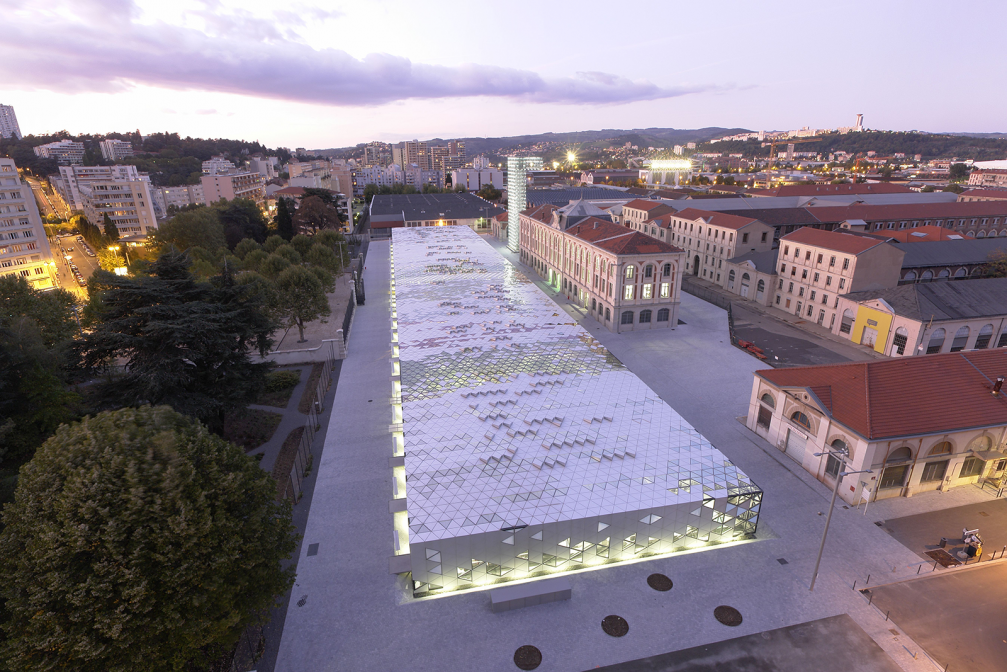
The last in the series of expert lectures was the presentation by Hans–Gerd Nottenboom, Director of the Association for the Environmentally Friendly and Socially Responsible Technology (Germany) on co–operative approach to creative space management. He also pointed out that the best ideas and innovations arise when different disciplines and branches meet, and talked about the scene in Dortmund, and the cooperation that has developed with the city’s universities, for example, by providing training to new creative start–ups.
The second day of the conference began with the lecture by Martin Melioranski, Director of the platform 3DL at the Department of the Faculty of Architecture of the Estonian Academy of Arts, in which he emphasized the role of art universities and their students in utilisation of abandoned buildings. It was followed by brief presentations of «DarbaVieta» (Riga), «Skola6» (Cēsis), Liepāja Creative Industries Cluster and Valmiera Creative Hub, as their representatives introduced their own initiatives. Eager and energetic, they demonstrated that the utilisation of empty spaces is not just something that happens only in the capital, but also beyond, often achieving faster results and building closer ties.
From words to deeds
As precisely summarised by Viesturs Celmiņš, the economy has changed, and new uses have to be found for the former industrial buildings. The conference was a further proof that this topic is no longer relevant only to subcultures that occasionally and half–legally organise parties or exhibitions in old factories, but it has become an inevitable part of the agenda of real estate developers, urban planners and municipal employees.
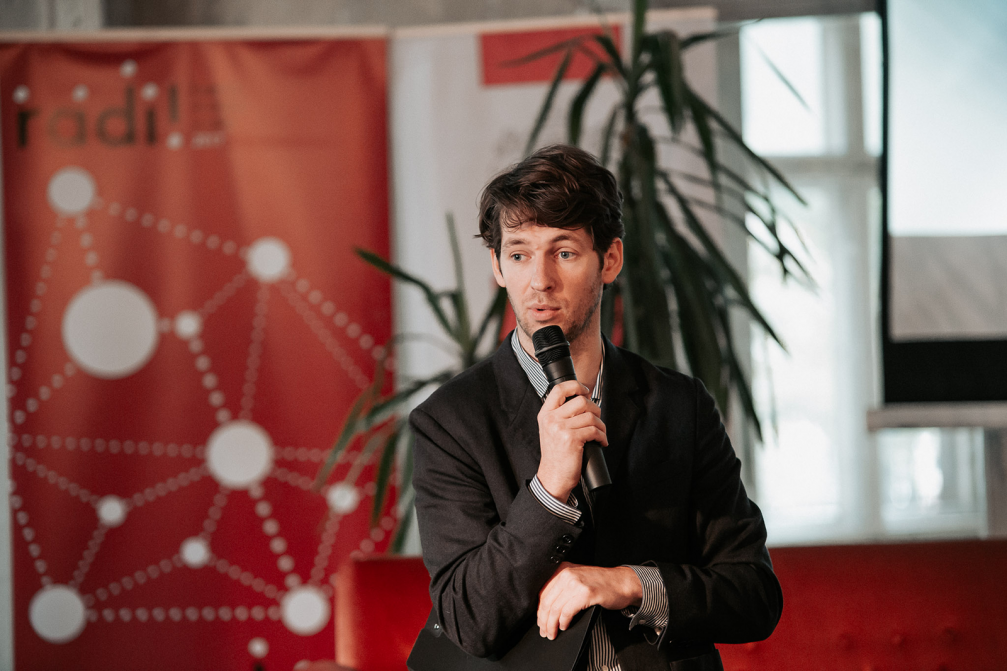
It is no longer a question of whether the creative industries contribute to the image and economy of the city, but about the most effective ways of integrating them. All speakers emphasized the importance of cooperation between citizens, creative industries, municipalities and estate owners, who, among other things, should take on greater responsibility for what they own. In turn, representatives of the cultural and creative industries should be prepared to give reasoned arguments as to why a specific place should be given to them, and not to a bakery or car repair shop. «Prepare for investors an offer they cannot refuse,» Troelsens says.
What, in the opinion of the conference participants, could contribute to the decrease of the number of empty buildings in Riga? A simplified bureaucratic system, a map of unused properties belonging to the state and municipality, and details of the representatives that can be contacted. An open and welcoming attitude. But everyone who is interested in solving this problem is encouraged to ask themselves — what can I do for the city, instead of waiting for the improvements to come by themselves.
The conference «Riga: Empty Spaces + Creative Industries = Creative Placemaking?» was organized by the Ministry of Culture of the Republic of Latvia, the Art Academy of Latvia, the Goethe Institute in Riga and the Danish Cultural Institute in Latvia within the week of «radi! 2017»; It was supported by the European League of Institutes of the Arts (ELIA), the State Culture Capital Foundation, Friedrich Ebert Foundation.
Partial recording of the conference is available here.

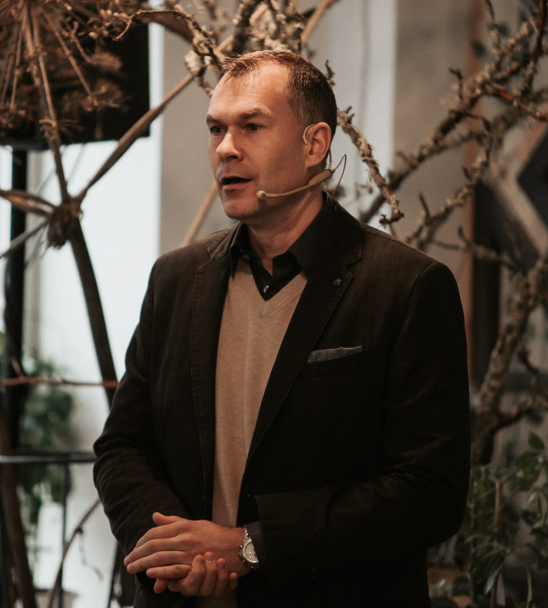
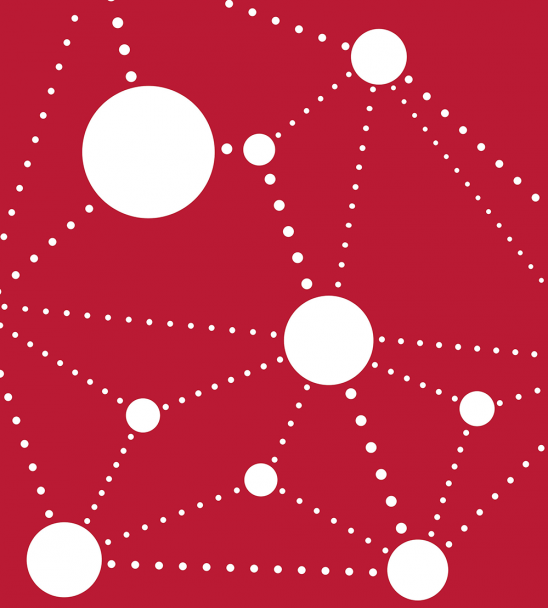
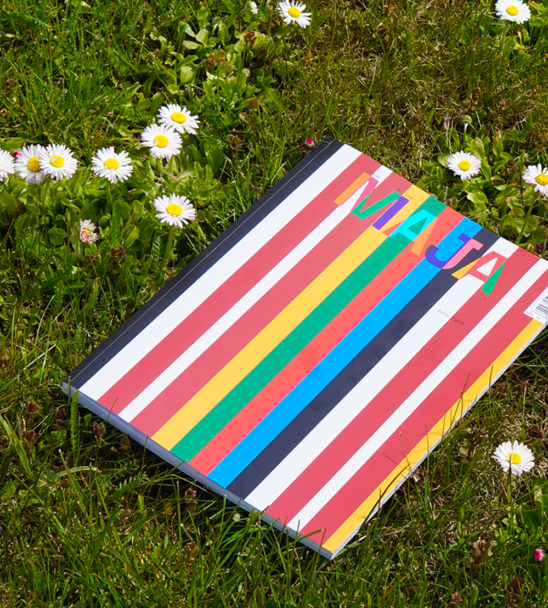
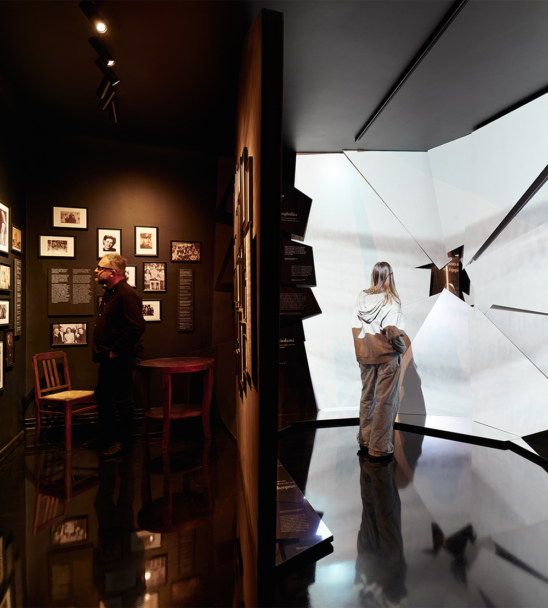
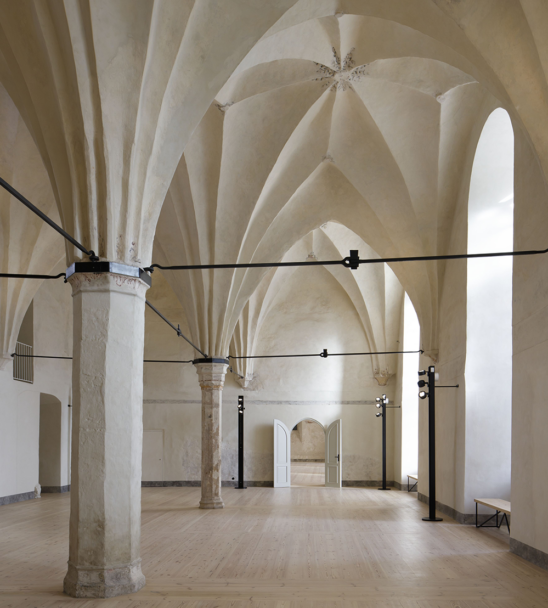
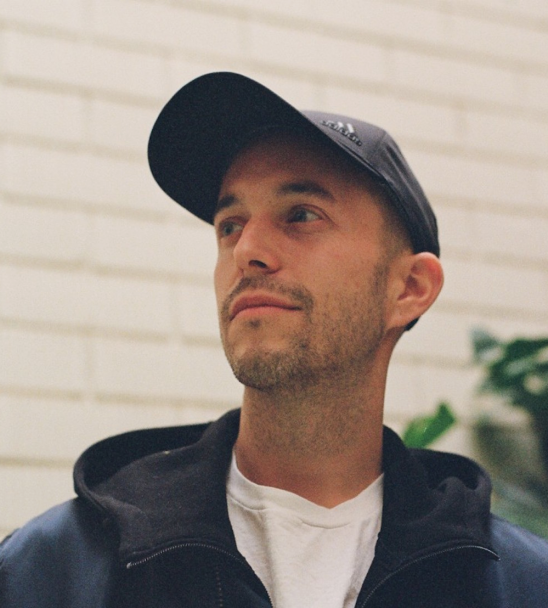
Viedokļi